The Great Ocean Road: Travel Porn
When God made the world, he smiled upon Australia, a country of seemingly limitless splendor. With a varied landscape from the dry, barren interior of the Red Center, to the pristine beaches of the Whitsundays, to the lush rain forests of Queensland, and the “Only in Oz” marine and wildlife, Australia is indisputably a land of exquisite extremes. However, it is the coastal rock formation of the Great Ocean Road that best showcases Australia’s rugged beauty.
The Great Ocean Road, a 150 mile stretch of coastal road, was built as a public works project for soldiers returning from World War I. Today, the Great Ocean Road is one of the world’s most scenic coastal drives. Although it is possible to cram the drive into one long day from Melbourne, spreading the drive over two days will allow for a much more leisurely pace.
On the drive from Melbourne, you will traverse through a tableau of golden wheat fields and fertile verdant pastures where sheep and cattle graze alongside windswept trees. This pastoral scenery may have you scanning the horizon for Hugh Jackman to see if he is riding buckshot along the road on his way to Nicole Kidman’s cattle station.
The most picturesque section is the stretch between Apollo Bay and Lorne where the road hugs the coast providing a view of surf breaks, seaside towns, and geographically imposing limestone cliffs.
The Twelve Apostles, located in Port Campbell National Park, is arguable the most iconic spot along the Great Ocean Road. The Twelve Apostles are comprised of a row of mammoth limestone stalks jutting out of the sea towards the heavens. The site was formerly known as the Sow and Piglets until 1922. After a Madison Avenue Mad Men style makeover, the name was changed to the Twelve Apostles, even though there were never more than nine limestone stacks. Today, only eight remain after a wave wiped out a 50 meter high stalk on July 3, 2005. Visitors who wish to channel their inner James Bond can take a ten minute helicopter ride for an aerial view of these sleeping giants.
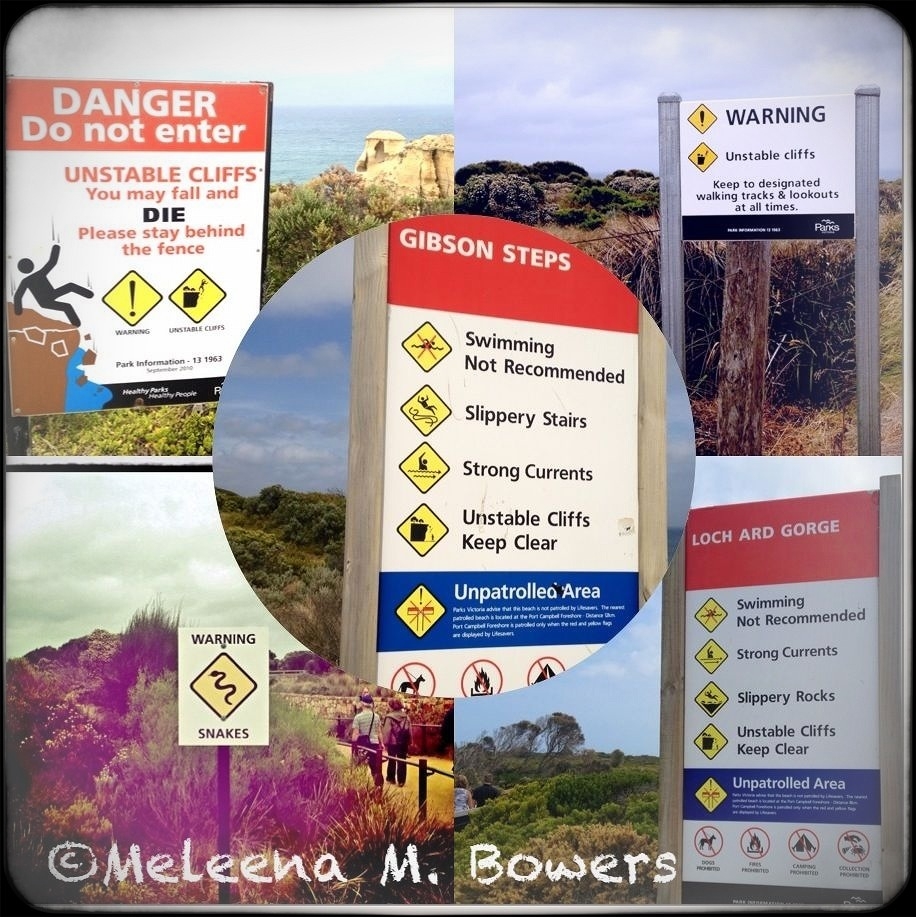
Signs are posted at various points along the Great Ocean Road warning visitors that the cliffs are unstable and that visitors should keep to the designated tracks. These signs serve as a notice to visitors that the rule of law in Australia is, if you die, it’s on you!
Next up is the Loch Ard Gorge, named after the Loch Ard ship, which departed England for Melbourne with 37 passengers and 18 crew members on board. On June 1, 1878, the Lord Ard encountered heavy fog on its approach into Melbourne. As a result, the Lord Ard sailed too closely to the coast and ran aground on a reef. Eva Carmichael and Tom Pearce were the only two survivors. Eva, was an Irish lass of 18, who was immigrating to Australia with her parents and siblings. Tom, was a member of the crew. After swimming to shore, he heard Eva’s cries for help and went back into the ocean to rescue her. They sought shelter in what is now known as Loch Ard Gorge before seeking help from local farmers. Although he was engaged at the time, Tom later proposed to Eva, offering to break off his engagement to his intended. Eva declined Tom’s proposal and returned to Ireland a few months later to live with her grandmother. Eva would later marry, but Tom remained married to the sea. He would later perished at sea in another shipping disaster.
There are different paths, visitors can take at Loch Ard Gorge. The path to the right leads to a secluded, serene inlet which feels like being on your own private beach.
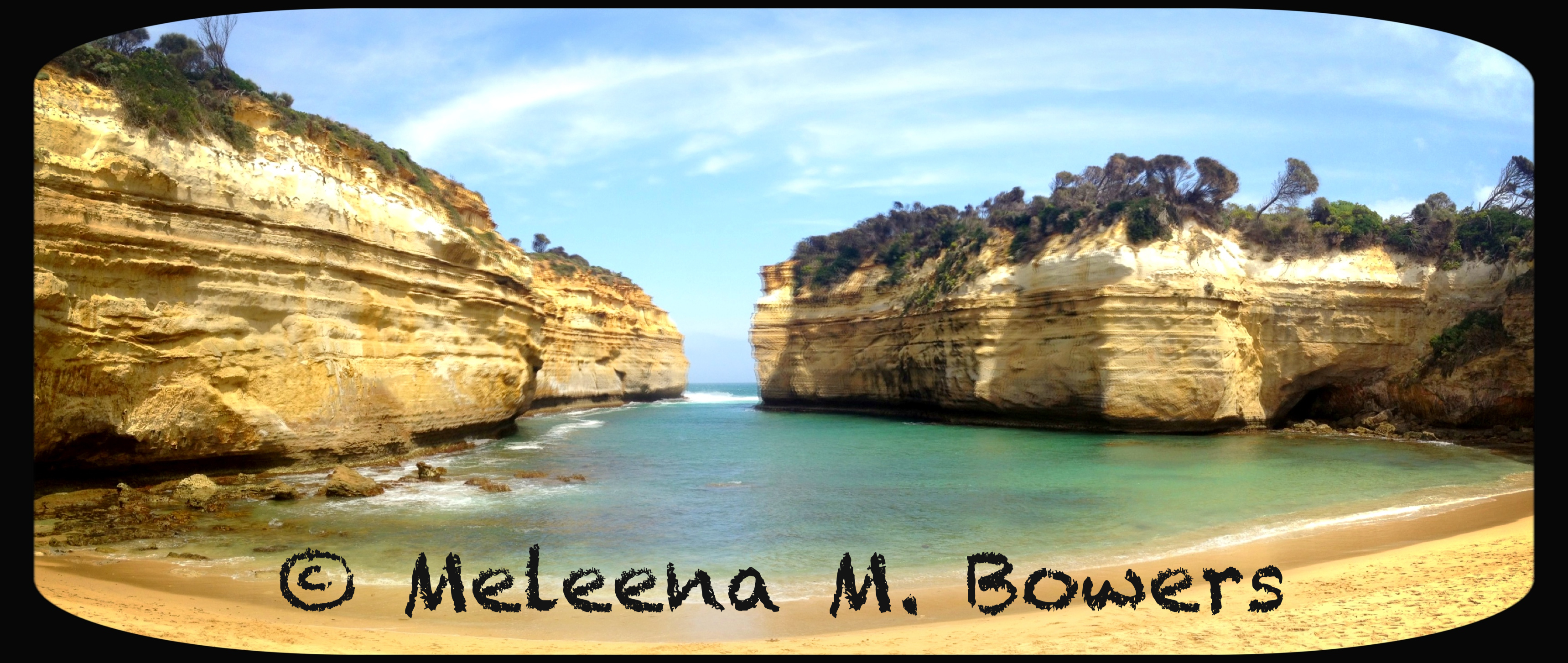
This narrow waterway seems to tease those who gaze upon it with wonders of what lies just beyond the horizon.
The path to the left leads to the Razorback cliff range with spectacular views.
- The Razorback cliffs. You’ll need to hold on to your hat as the wind here can be unrelenting.
The landscape in between Razorback and the beach is comprised of inhospitable brush and bush grass of various hues.
The Gibson Steps is a short 2 minute drive from the Twelve Apostles. The name refers to the rock staircase formed out of the cliff that leads down to the beach.

When standing on the beach, the majesty of the cliffs is even more apparent as they dwarf everything in their proximity.
A quick read of the tides reveals how easily you could be swept out to sea should you ignore the warnings against swimming. It’s best to just walk in the sand and let the waves lap at your feet.

The beach is clear of any debris, so it must have taken E & T quite some effort to make this declaration of love.
Once you’ve had your fill of the beach, stop off at Mait’s Rest, home to a temperate rain forest for a “walk about.” Tangled tropical trees provide a protective canopy to the elements, therefore, it is likely to be several degrees cooler once you’re inside Mait’s Rest. If you’re lucky, you may run across some of the locals, such as swamp wallabies, grey kangaroos, land shrimp, and the rare Black Otway Snail a carnivorous land snail found only in the Otway Ranges.
For lunch, stop off in Apollo Bay, a sleepy seaside town. There are a few tourist shops on the main drag and an ice cream shop where the brave can sample Vegemite Ice Cream!
After you’ve fueled up, head over to Kennett River for a koala walk to spot koalas in the wild.

The world koala is an aboriginal word meaning “no drink” as a koala never has to go to the ground to drink water. Koalas are able to obtain enough hydration from the eucalyptus leaves they eat.
The sugar content in the eucalyptus leaves do not provide them with enough energy, which explains why they sleep upwards of 18-20 hours a day.
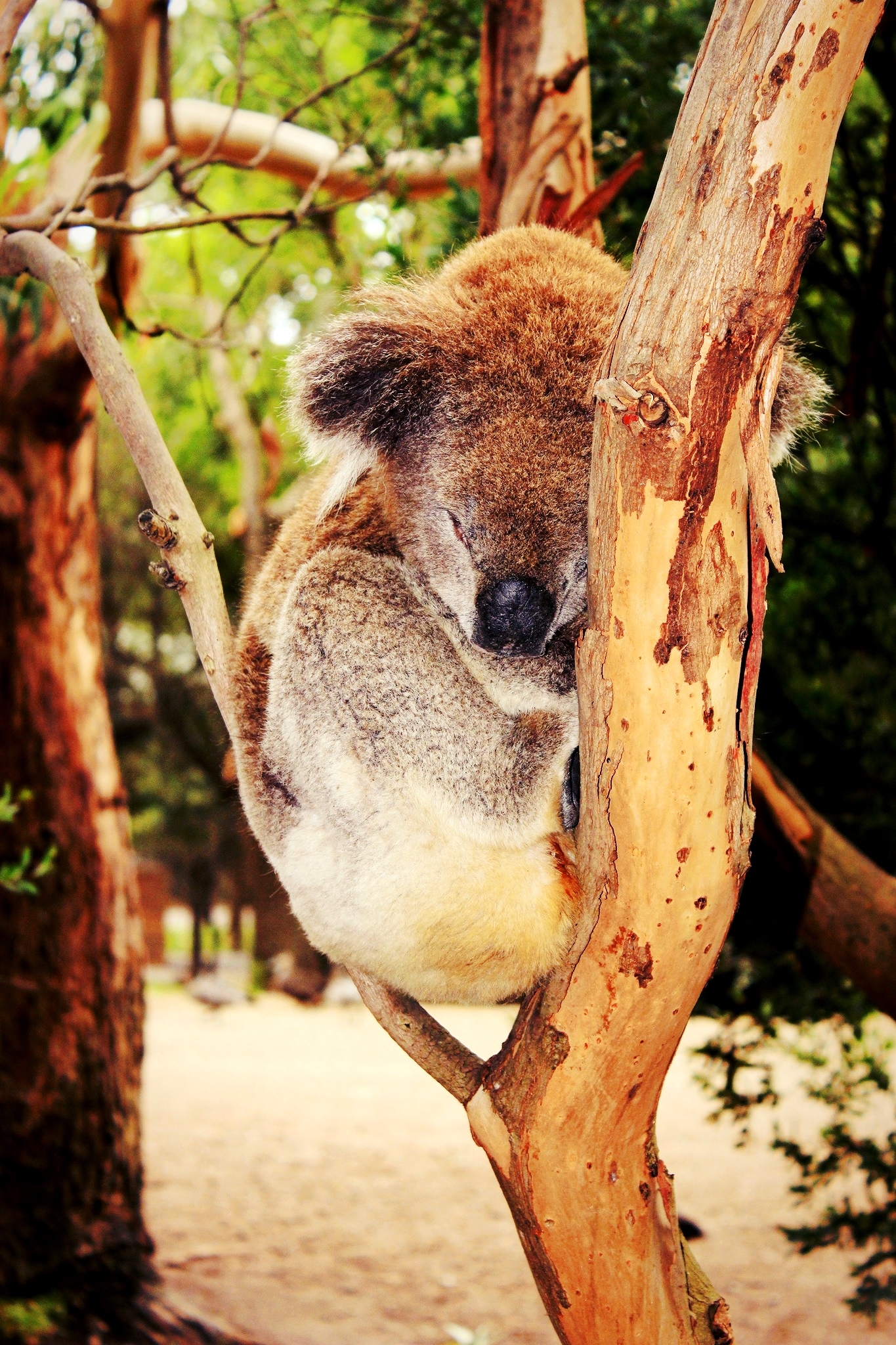
We were able to hold this guy’s attention for a solid five minutes before he fell into a deep sleep.
After you’ve finished your koala safari, you’ll want to make camp for the night. Lorne is a perfect town to overnight.
You’ve spend your day driving to various spots, which makes a pre-dinner walk a great option for stretching your legs and seeing the sights of Lorne.
If you’ve booked your stayed at a guest cottage with an en suite kitchen, you can throw some Kangaroo steaks (or less exotic fare) on the barbie and dine al fresco.
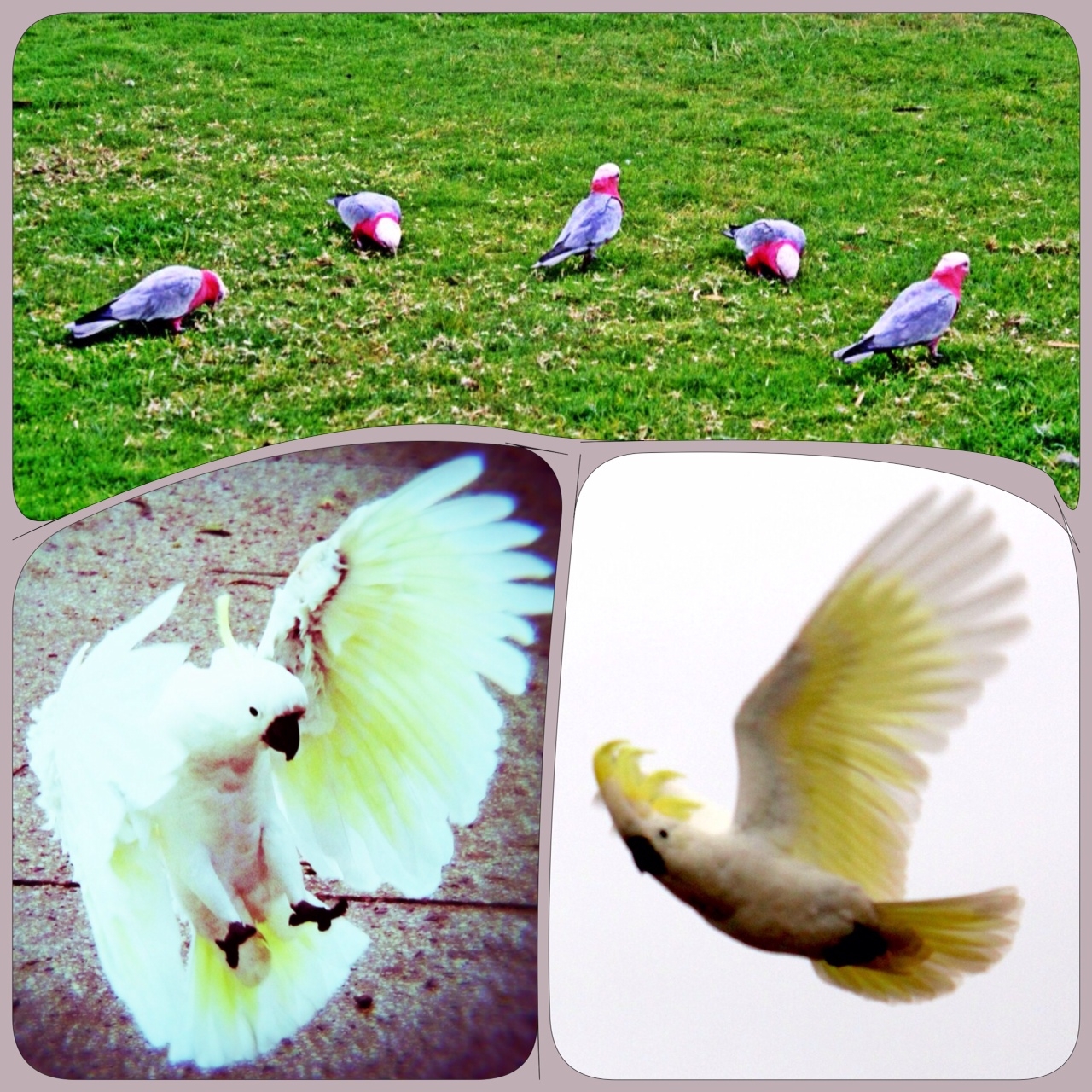
Don’t worry about oversleeping the next day as the locals will not be shy about sounding the morning alarm.

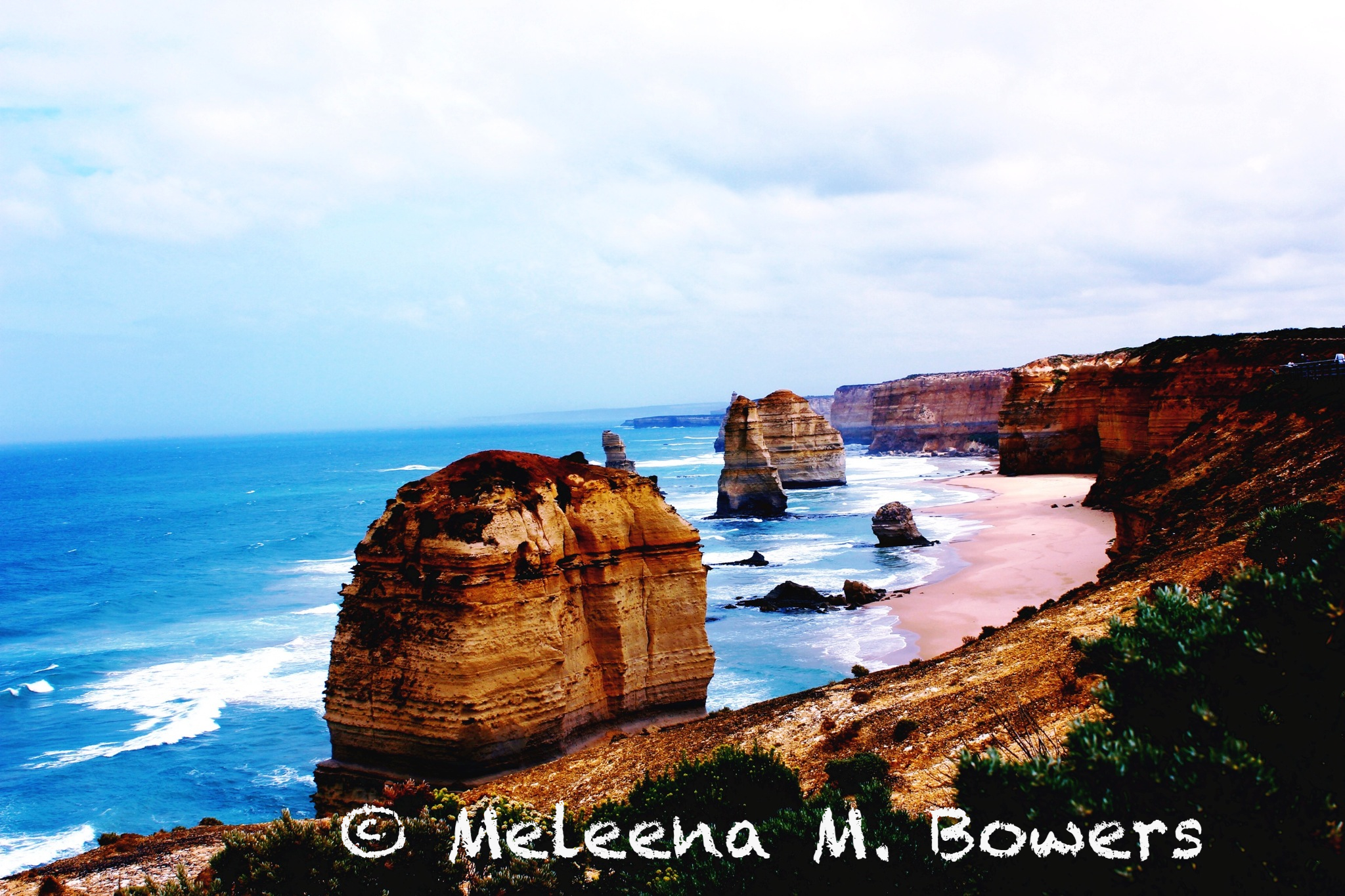
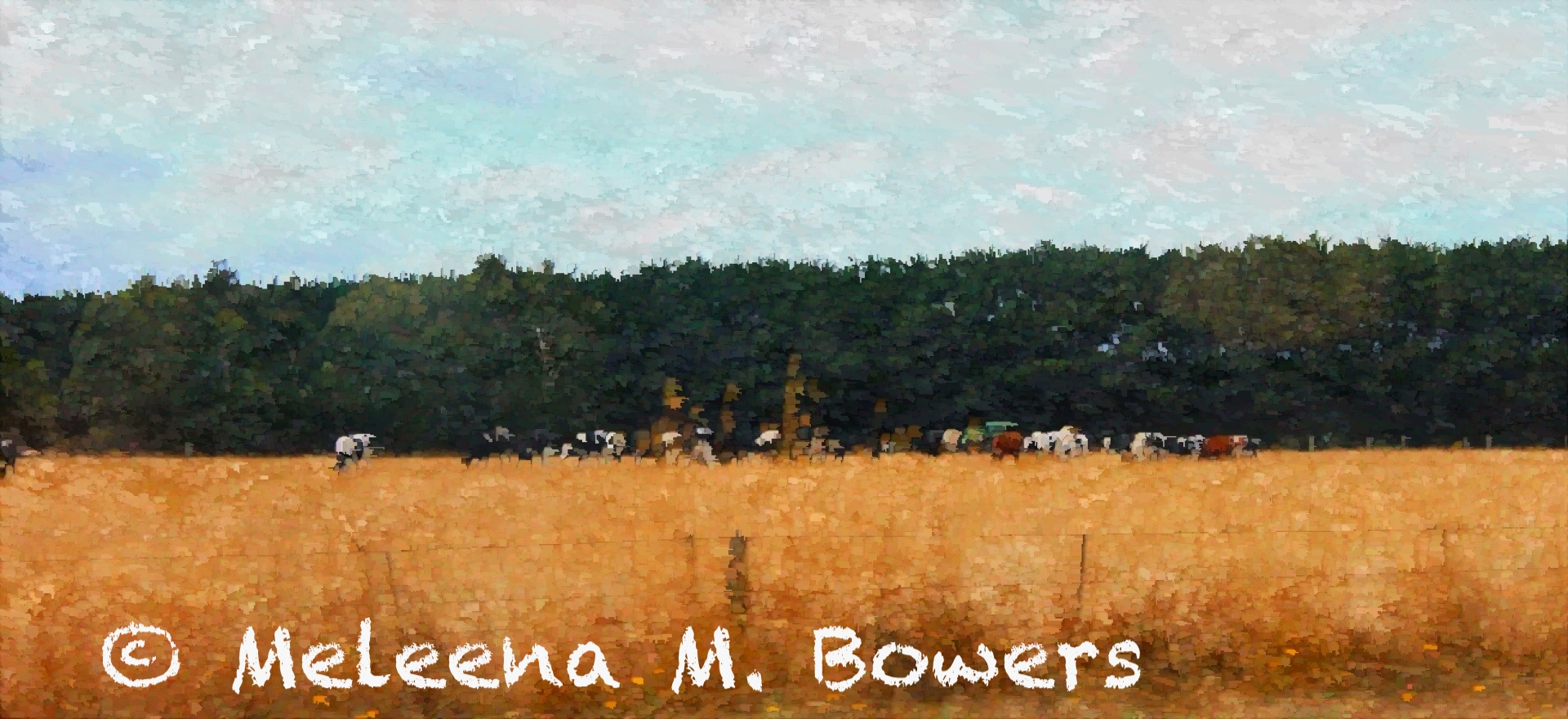


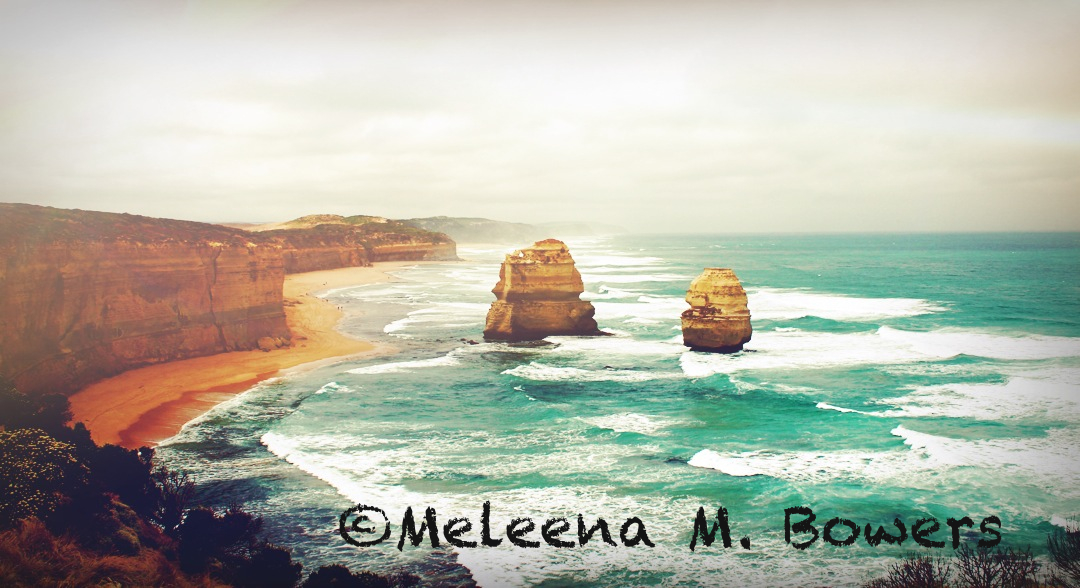


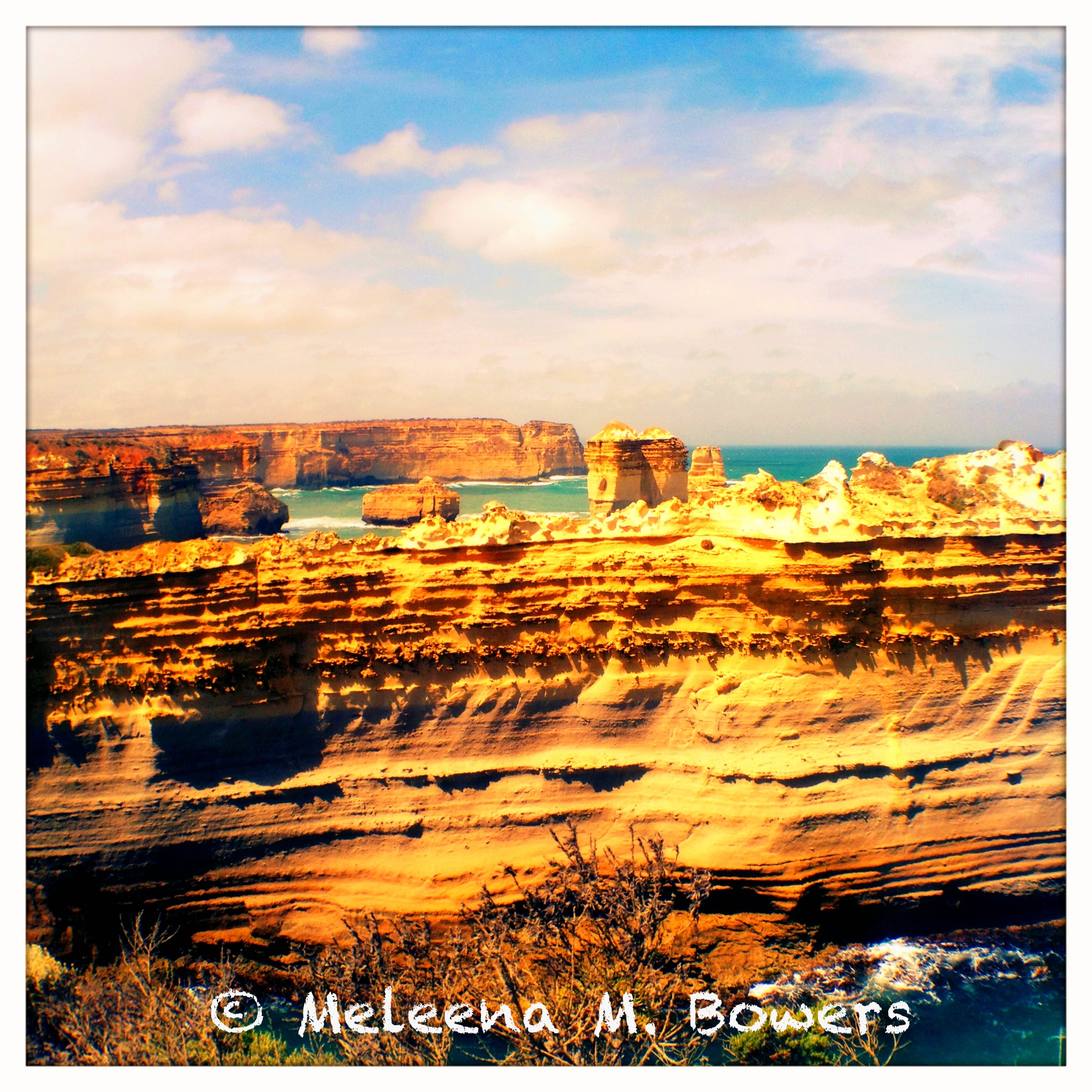
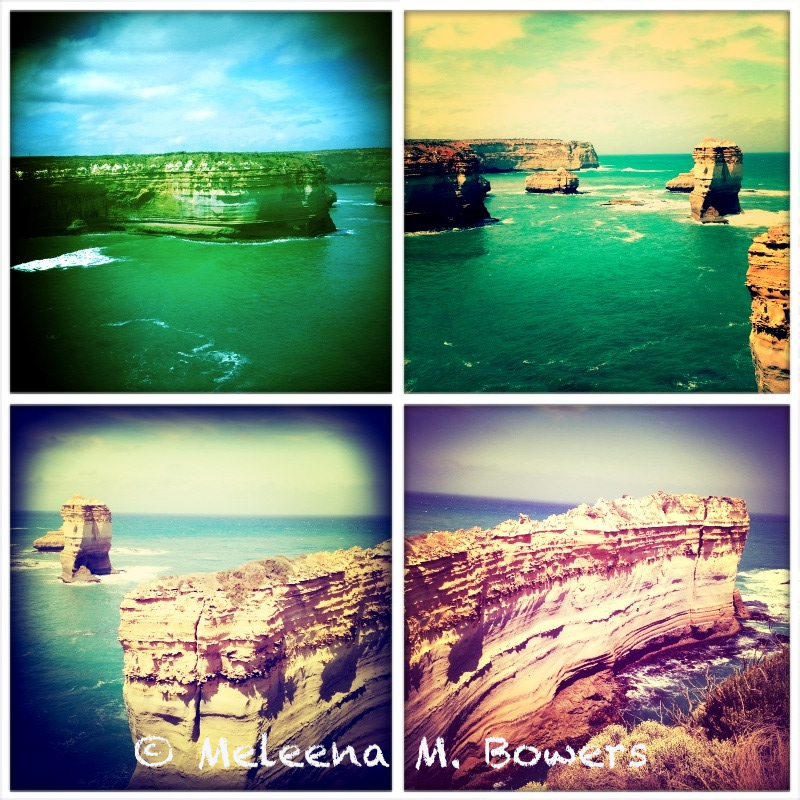



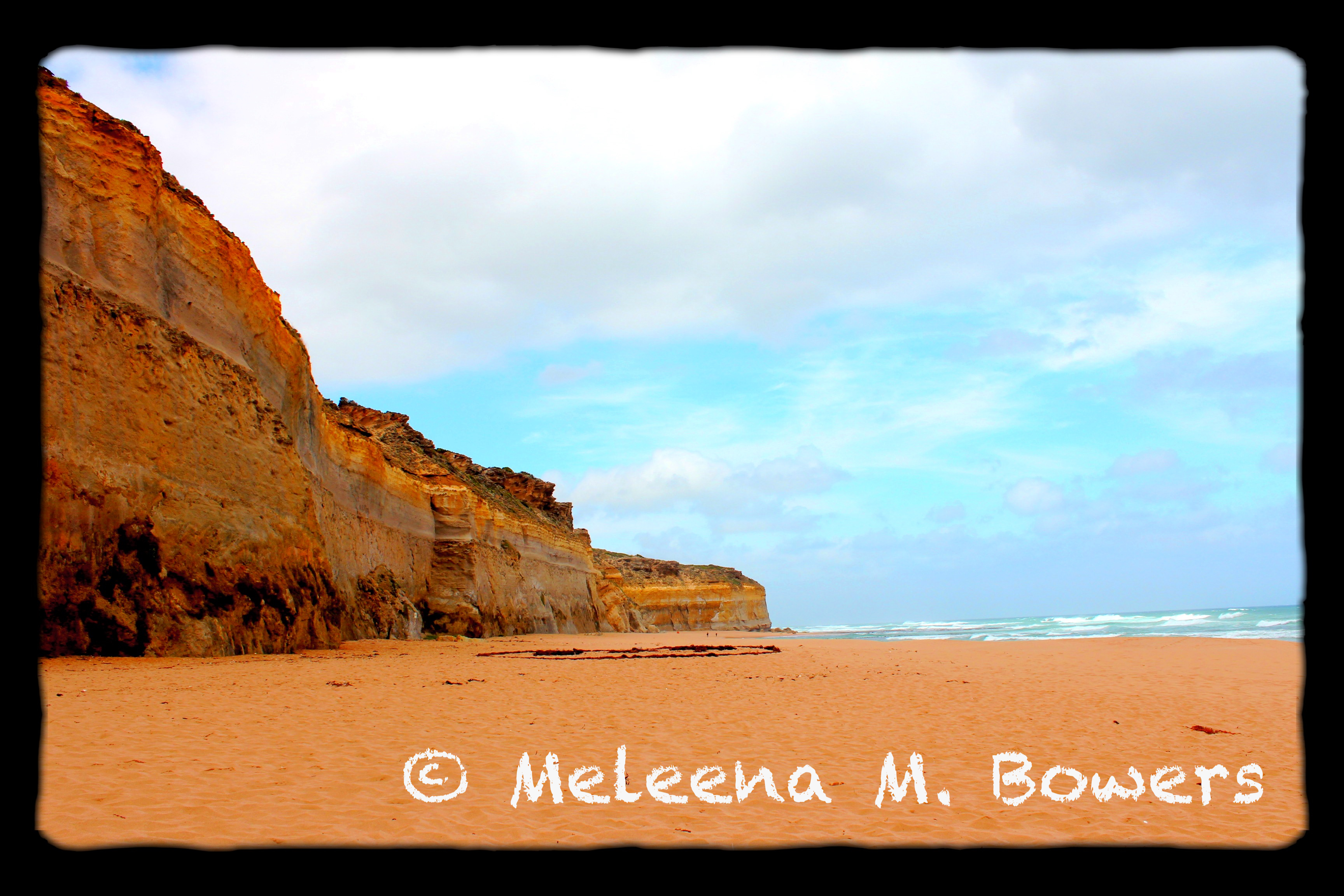

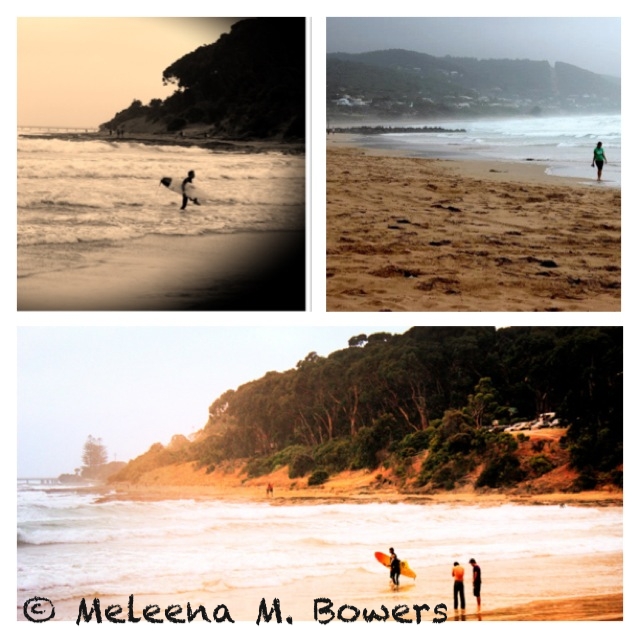
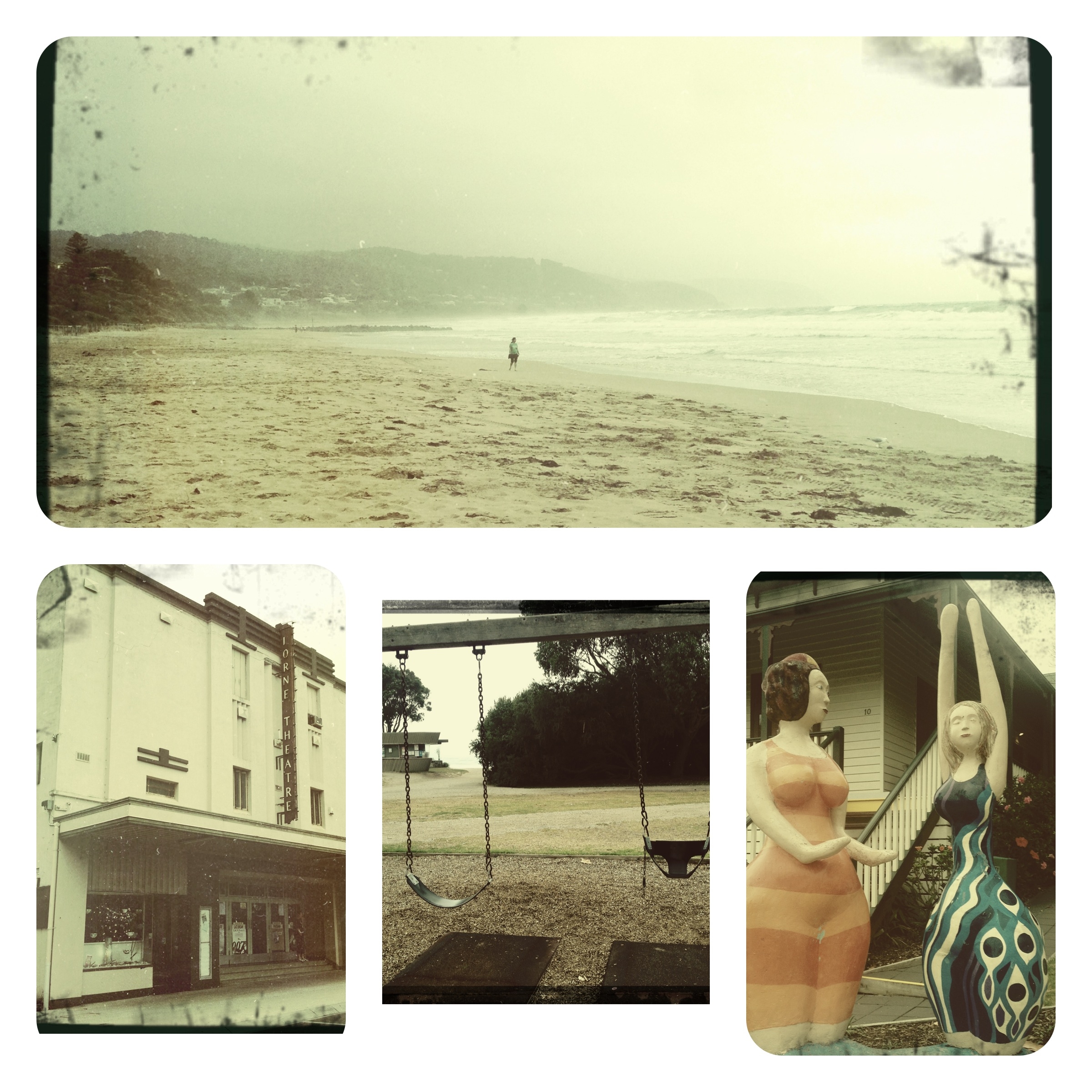






Leave a Reply